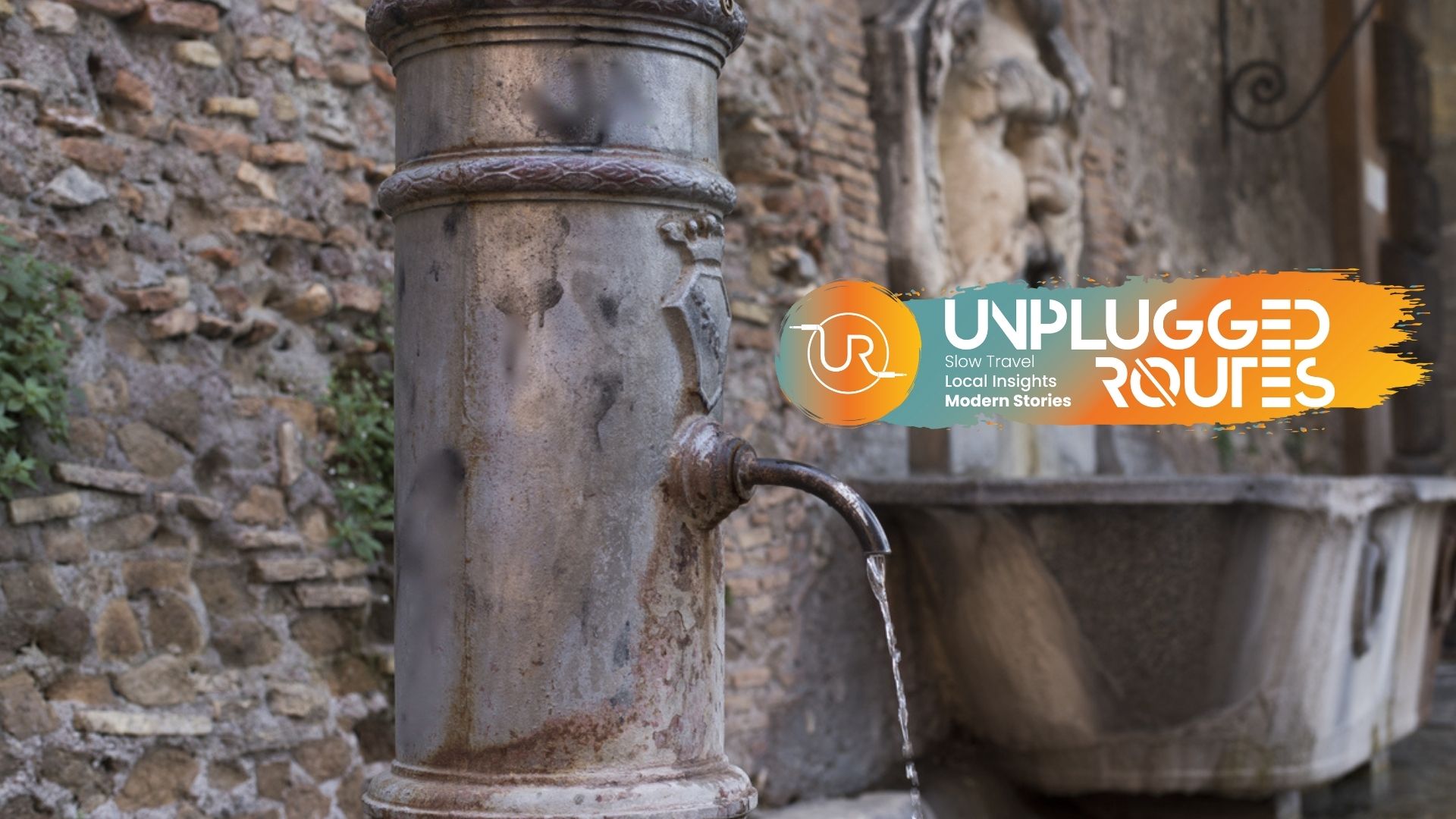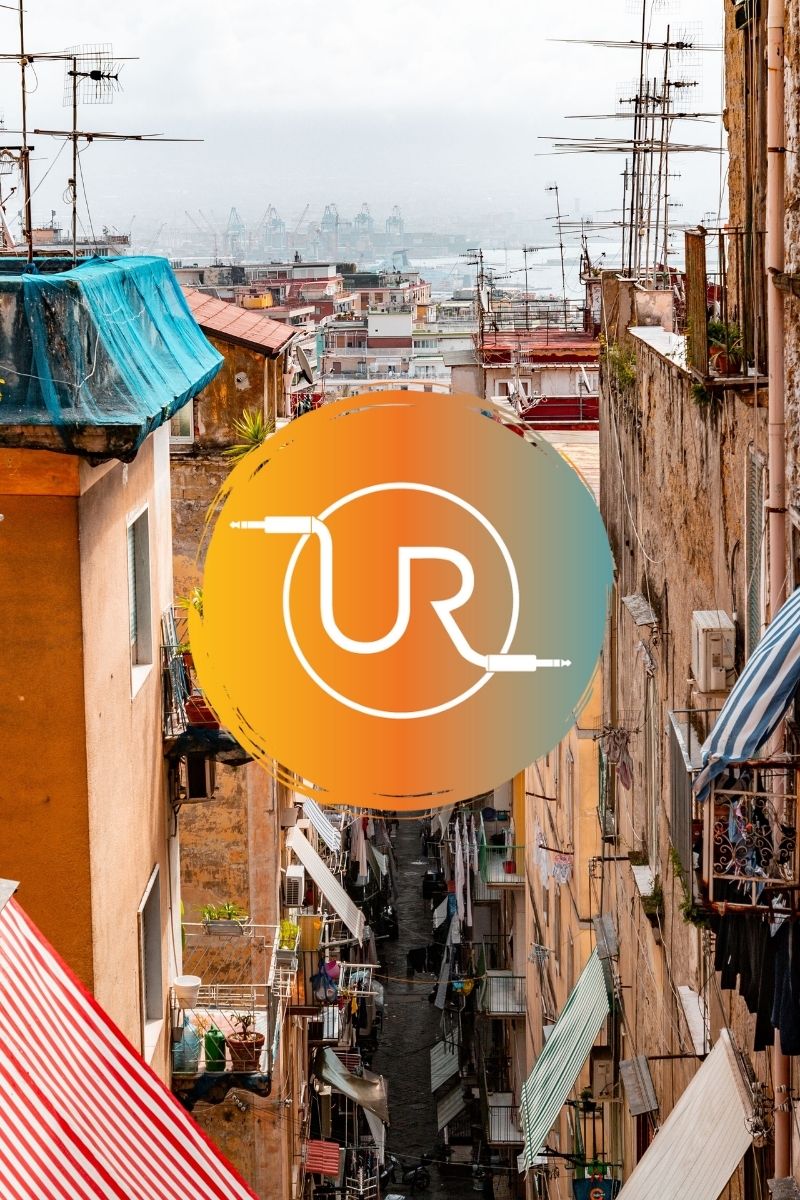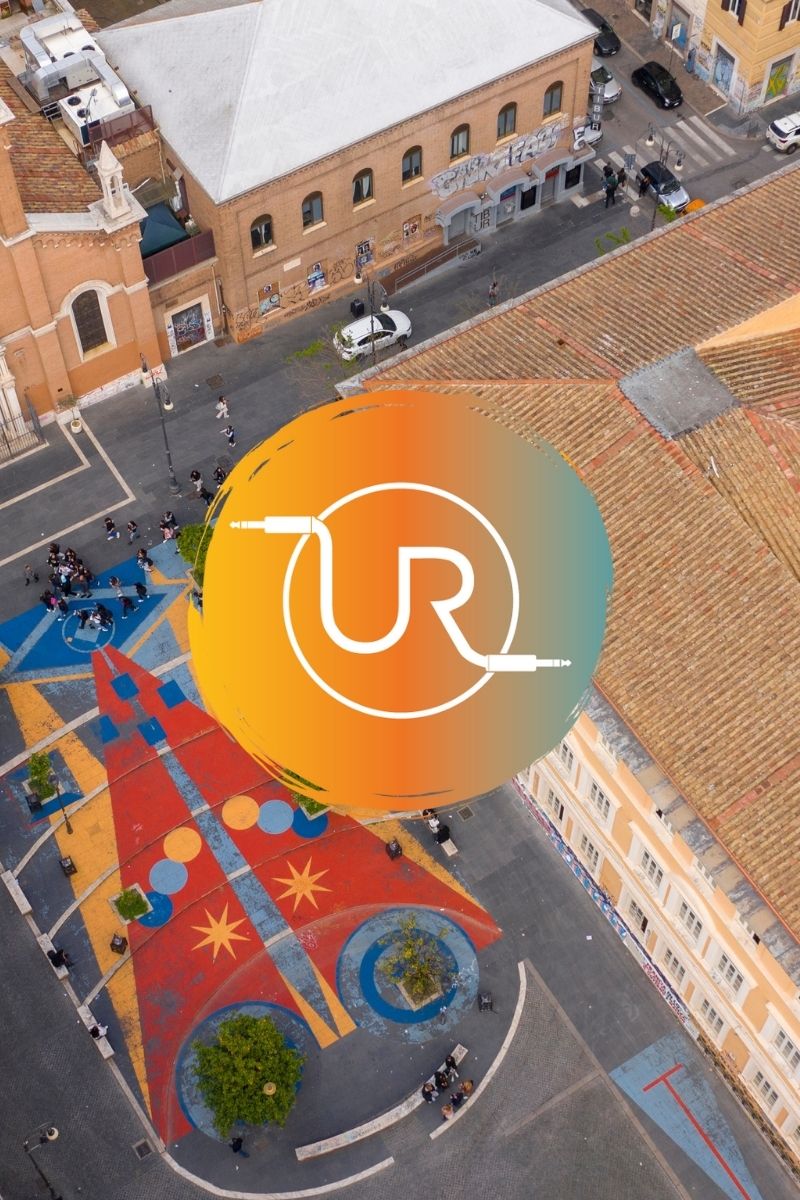
Rome’s historic water fountains, called “nasone”, have been serving locals and tourists for over 150 years as one of the city’s landmarks. Inaugurated in 1874 under Luigi Pianciani, the first Mayor of Rome after the unification of Italy, the project was implemented to modernize Rome’s water supply system and facilitate public access to clean water. Nasone The word means “big nose” in Italian and refers to the characteristic spouts of the fountains, which resemble a curved nose.
History and First Examples of Nasones
First placed in the Prati district of Rome, these fountains, of which there were initially only a few examples, spread to every corner of the city over time. They revolutionized the city’s water management by facilitating access to clean water. nasonefountains played an important role in the modernization process of Rome. In the 19th century, fountains emerged as part of the efforts to modernize Rome’s infrastructure, offering a highly functional and hygienic solution for the public to meet their daily needs, while at the same time aiming to eliminate stagnant puddles and the health risks posed by this stagnant water.
Fonderia Carnevale / Carnevale Foundry
Today nasone The historic Carnevale Foundry, which continues to produce fountains, was officially founded in 1949 by Luigi Carnevale and his four sons. Today, the foundry, run by his grandchildren, produces street lamps and benches for the city as well as fountains. Founded as a family business in the years following the Second World War, the foundry was struggling to compete with larger and more technologically advanced foundries. However, the transfer of craftsmanship brought about by being a family business became their biggest advantage in the following period. As customers increased and production expanded, the old workshop in the San Lorenzo neighborhood became inadequate and the foundry moved to a larger facility outside the city. However, the family has never forgotten the place where their professional journey began, and to keep this heritage alive, all post-casting processes are still carried out here today.
Design and Operation
The designs of the first fountains installed in Rome were slightly different from those of today. Water flowed continuously from three dragon heads placed on the sides of a cylindrical fountain and poured into the sewer through a grate at road level. In the following years, instead of three decorative faucets, fountains were popularly known as nasone (big nose), a single, slightly curved faucet with a simple design that inspired its nickname. Of the three surviving dragon-headed fountains, one is located in Piazza della Rotonda in the shadow of the Pantheon, another in Via San Teodoro and another in Via delle Tre Cannelle in the Monti district.
Cylindrical shape made of cast iron nasone The fountains are approximately 90 cm high and weigh 100 kg. The upper part has a slightly protruding lid with a floral pattern, and in the context of recent austerity policies, the characteristic curved spout of some of them has been replaced by brass push taps. One of its important features is that it is easily accessible for both humans and animals. With innovations and changes over time, these fountains have become a comfortable place for locals and tourists alike to drink. The functioning of the fountain is quite simple: To fill a bottle or any other container, simply hold it under the faucet, and to drink, simply close the hole under the faucet and let the water gush upwards!
NasoneThe Place and Sustainability of the ‘s in the Life of Rome For those living in Rome nasone’
fountains are a part of daily life. These fountains, which can be found all over the city, not only provide people with clean drinking water, but also serve as a social meeting point. Early morning commuters and those playing sports in the parks often gather around the fountains.
Nasone fountains also play an important role in environmental sustainability. By reducing the use of plastic bottles, it eliminates the need to buy bottled water and offers an environmentally friendly solution as well as saving money. Playing a critical role in the functioning of Rome’s water supply system nasoneare also considered an important part of sustainable urban planning.
About 5,000 in the province of Rome, about 2,500 in the municipality of Rome, and about 200 in the city center nasone are located. The fountains, which significantly met the daily water needs of the Romans, also offer an ideal resting and cooling point for tourists visiting the city.
NasoneTheir Importance Today
Nasone fountains are the modern-day extension of the Roman water network, meticulously developed since antiquity. The tradition of water engineering, which began with aqueducts built during the Roman Empire, is a modern nasone’have survived to this day. These fountains were also a vital resource for the irregularly formed slums of the 1960s and 70s, providing running water to slum areas that lacked infrastructure and reducing the risk of epidemics and disease.
Today nasone fountains are more than just a functional element, they have become an integral part of Rome’s cultural and historical heritage and fabric. Walking through the city, one is reminded of Rome’s rich history and the social services it provides to its people through access to free and continuously flowing clean water. Frequented by tourists, these fountains are one of the unique experiences Rome offers its visitors. Explore the city with Unplugged Routes nasone’and you will be able to cool off in Rome like a true Roman!







Leave a comment: